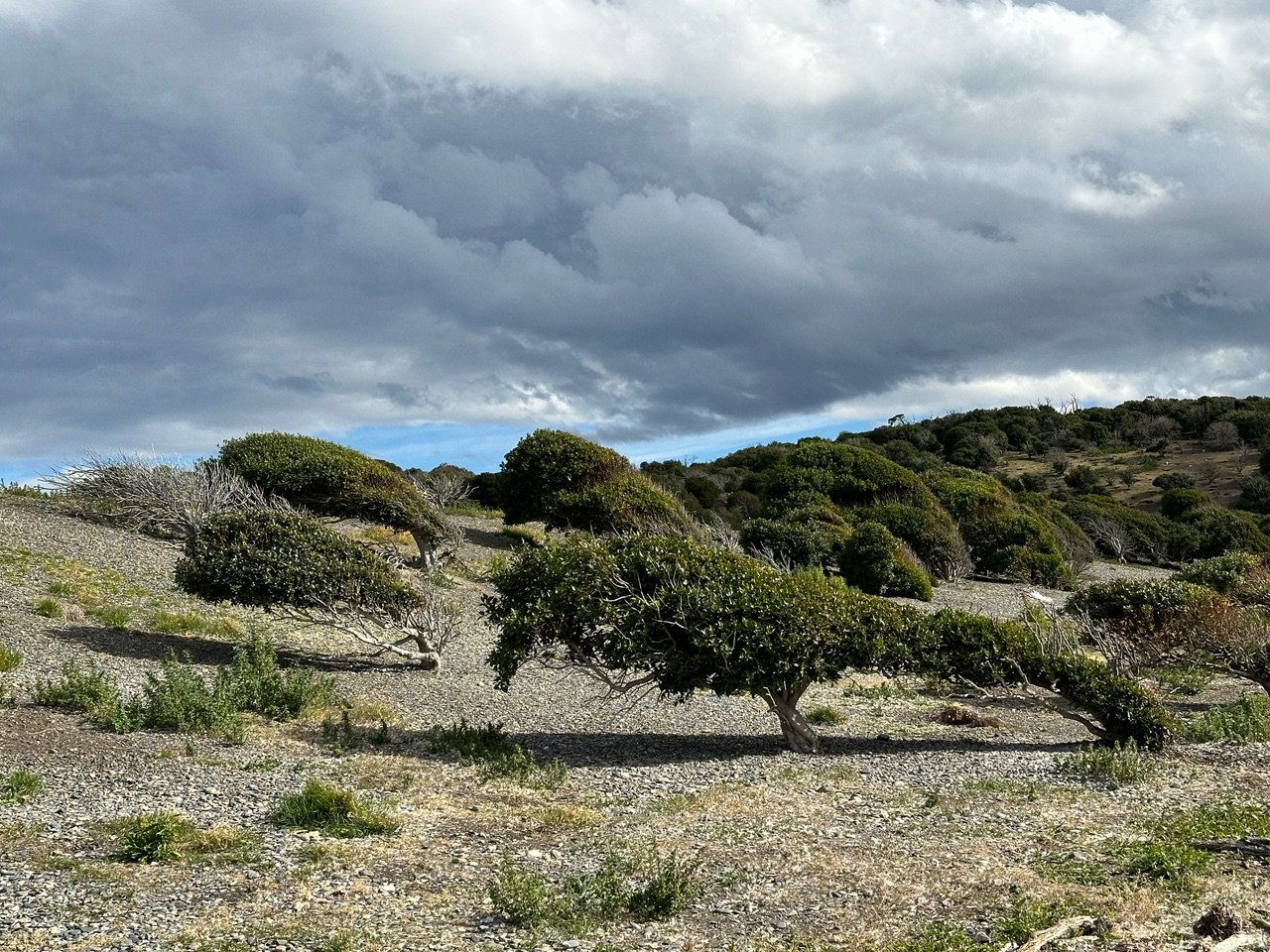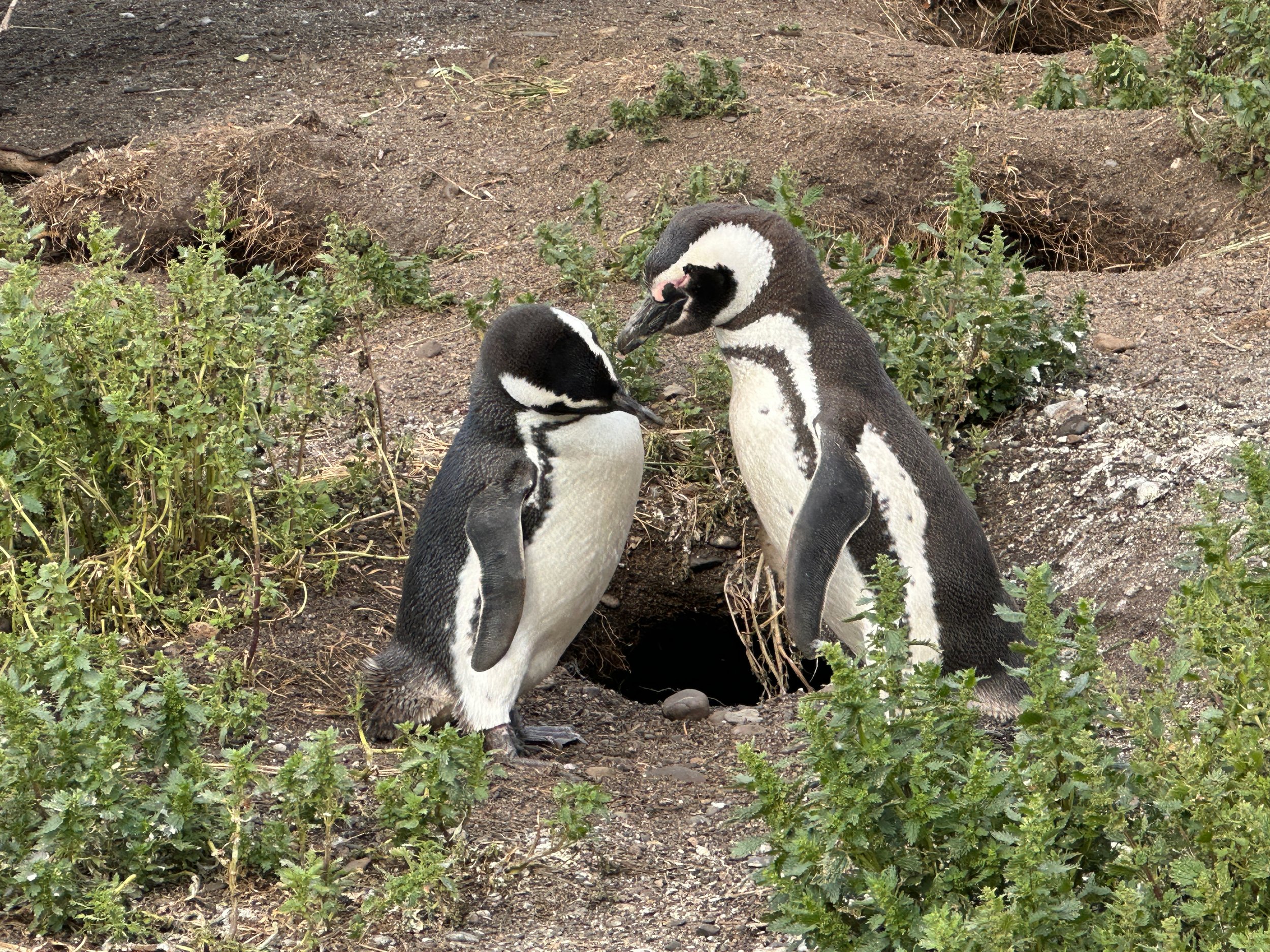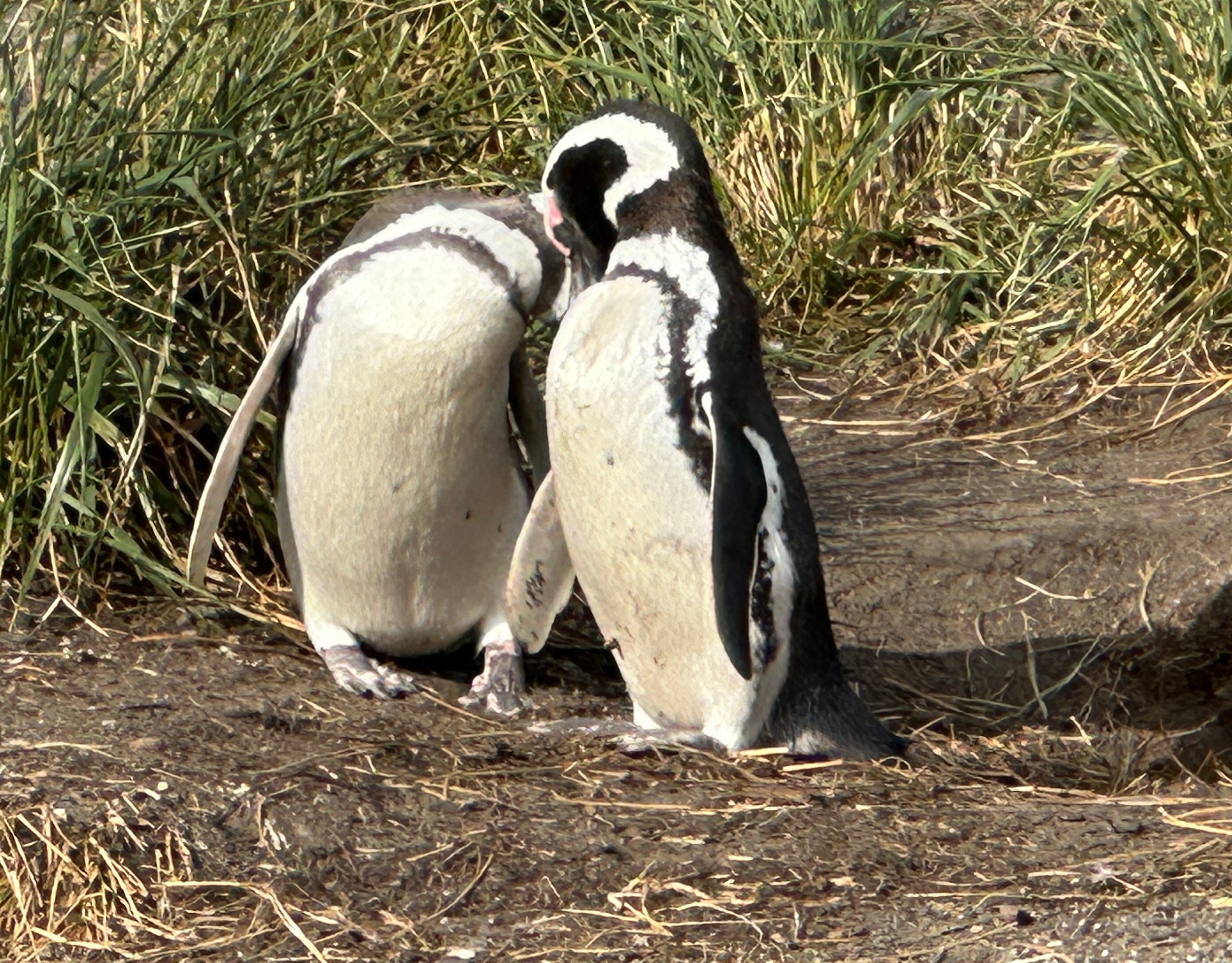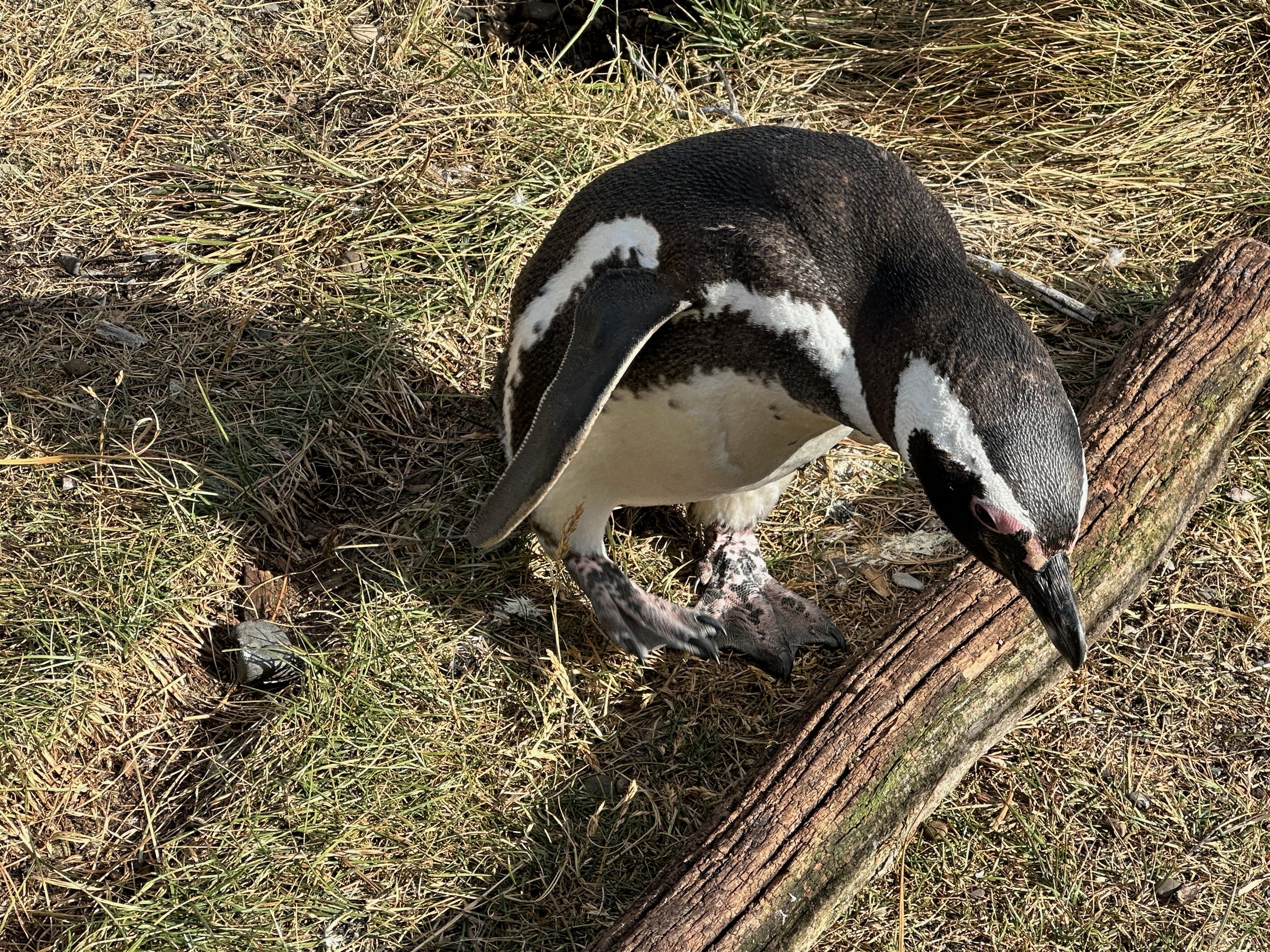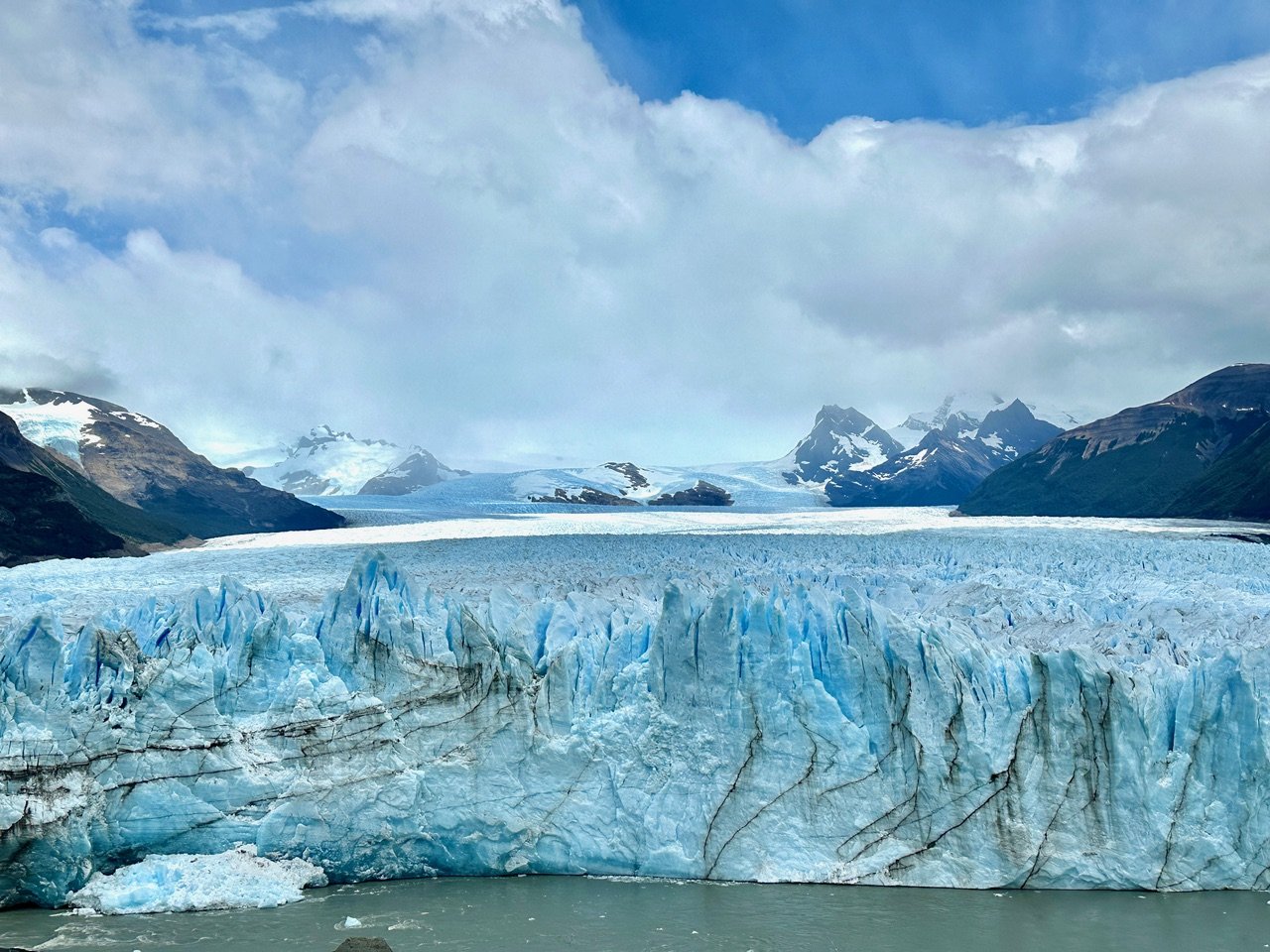Voyage to the End of the World, Part 3: Penguins and Estancias
penguin island on the beagle channel
On our last leg of the Patagonia trip, we reached Ushuaia on the Beagle Channel. Known as the town at the “End of the World” in the Tierra del Fuego archipelago, it serves primarily as a port for ships to Antarctica. (It once served as an infamous penal colony.) Why the name “fuego” or fire in such a harsh environment? As the story goes, Magellan named it so having observed bonfires along the coast lit by the native Yahgan and Selk’nam. As more pioneers and settlers arrived later, the land was appropriated, farms developed, accompanied by a small gold rush.
Windswept penguin island
Estancias, ie ranches, were established in the 19th century. We were given the opportunity to visit one of the first estancias, Harberten, founded in 1886 by Thomas Bridges. Our main destination, however, was to the protected Penguin Island. Upon landing from our small boat I was first struck by the wild shape of its windswept trees.

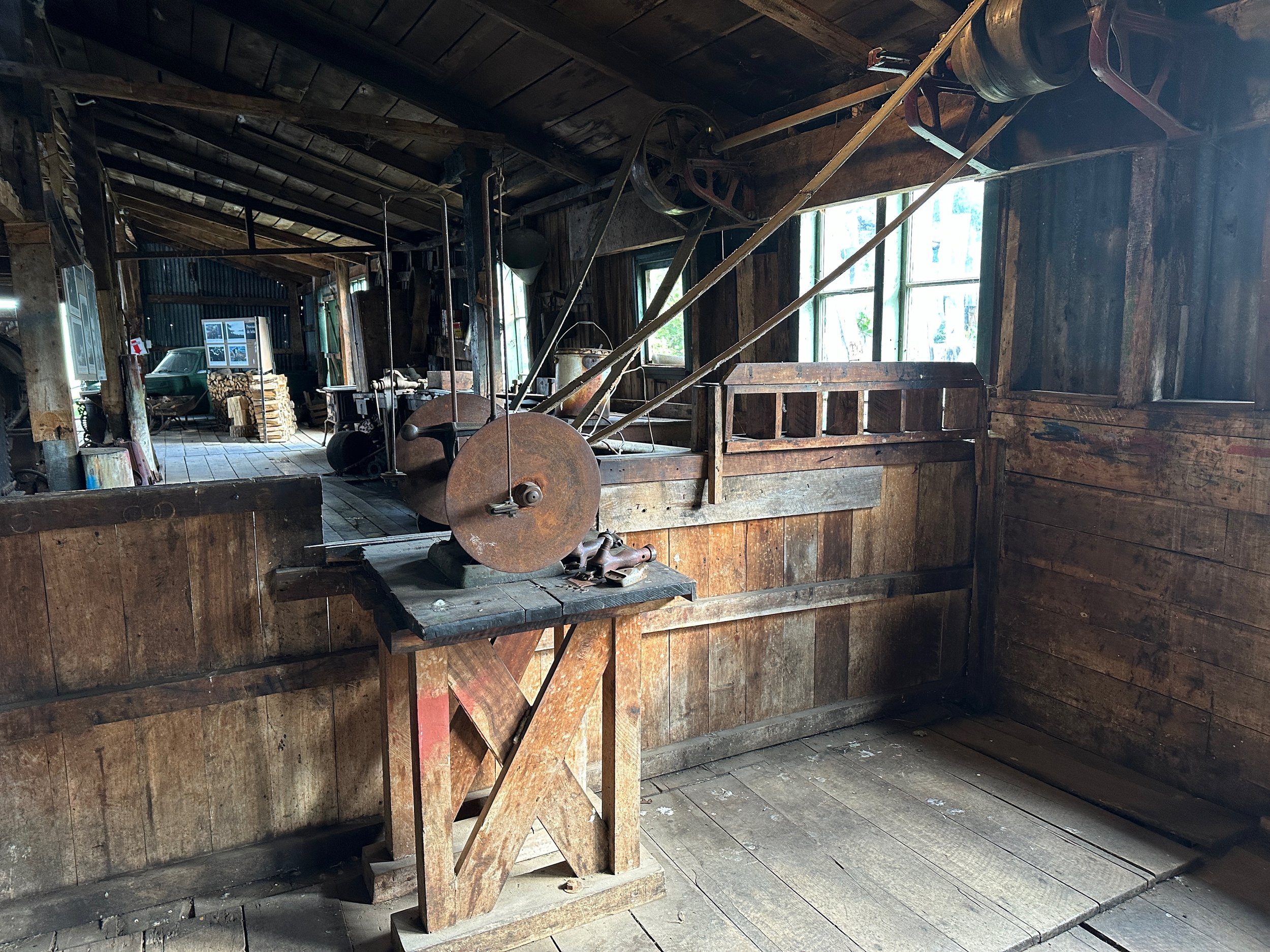
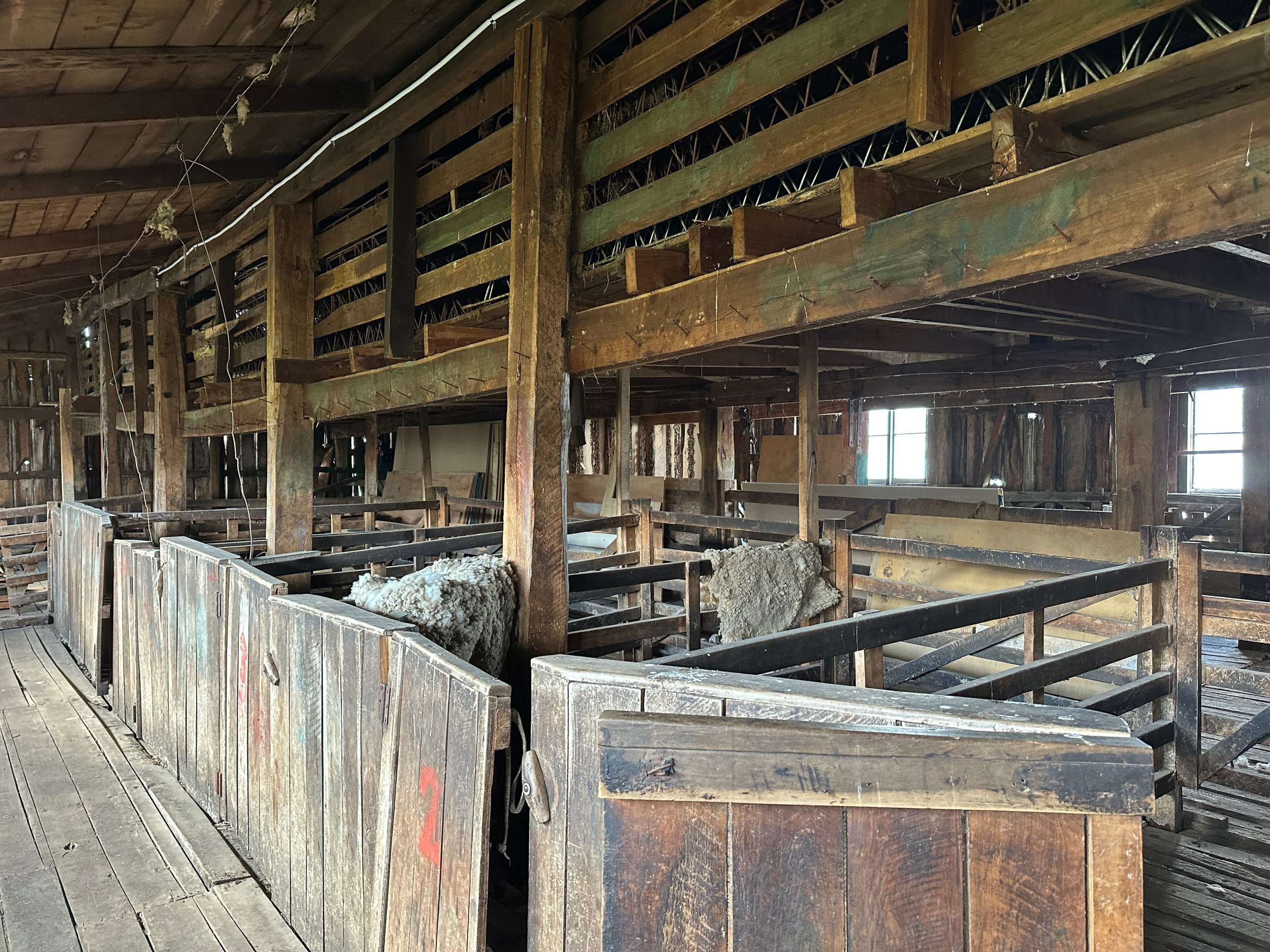
As it turns out, Bridges, an Anglican missionary, also compiled a Yámana/English dictionary having learned the native language as a child in the Falkland Islands. This would serve him well as one of the first permanent European pioneers and settlers in this remote part of the world. Tragically, and to no surprise, much of the native population, such as the Yámana, were decimated by epidemics such as measles.
Bridges and his family survived. They were granted a large portion of land by the Argentinian government at the time in complicated border negotiations with Chile. The Beagle Channel, named after Charles Darwin’s famous 1833 to 1838 voyage on the HMS Beagle, would legally be shared by Argentina and Chile.
On the estancia , sheep shearing and wool products became the life of the family enterprise. Some of the property was turned into the first national park in Tierra del Fuego. Now in its sixth generation, it features an inn and a small natural history museum. For us, it was the launching point for a short boat ride to Penguin Island, carefully controlled when it comes to visitors. Penguins have free access to the whole island and there are no predators except birds!
The penguin colony enjoys a “home” and nesting place for more than 10,000 Magellanic penguins as well as Gentoo and King penguins. As we discovered, they seemed not to be bothered much by the presence of humans. Nor were they particularly inhibited when to comes to mating. And, they make ALOT of noise as my short video below shows.
A conjugal pair of Magellanic penguins mates for life. However, monogamy is not always the norm. And while their amatory behavior is out in the open, they build nests in underground bunkers which protects the fertilized egg from predators such as Skuas and giant Petrel birds. This is also a very egalitarian society whereby each parent alternates incubating the egg. When not “at home”, the partner dives into the ocean returning with food such as krill and fish to the stationary spouse.
Thank you to my spouse for life, David, for contributing to this essay!
My last piece for this series: “Voyage at the End of the World” will be “Glaciers: A Rhapsody in Blue”. It will feature photos taken at the impressive, no, awesome, Perito Moreno glacier in the Los Glaciares National Park in Argentina.
Perito Moreno Glacier
For previous related pieces: https://www.honeysharp.com/patagonia on Patagonia and https://www.honeysharp.com/voyagetotheendoftheworld on Buenos Aires



